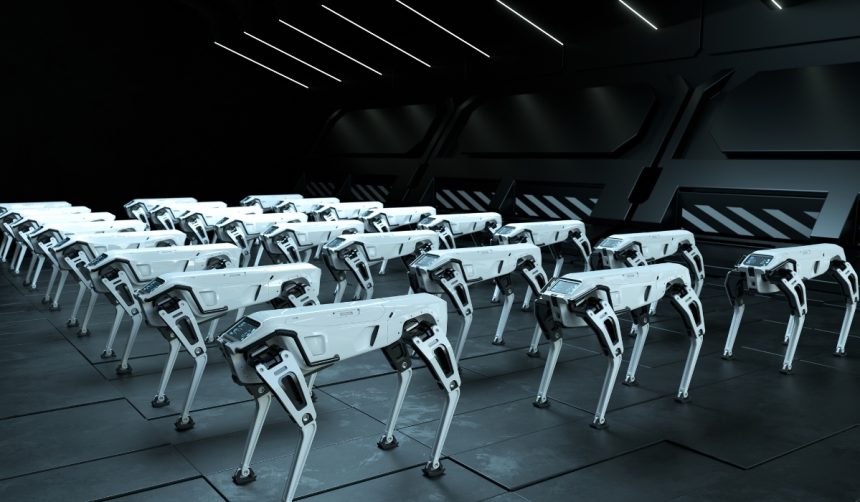Interest in humanoid robotics continues to attract significant international attention, as both industry insiders and policymakers analyze how these advanced machines might fit into diverse economic and social landscapes. With their human-like form and motion, humanoid robots are seen as flexible tools capable of tackling a range of tasks traditional robots find challenging. The ongoing debate centers on where these robots will have the most impact, how adoption strategies differ by nation, and whether they will truly become a fixture in everyday environments or primarily benefit specialized industries. This debate has prompted key stakeholders to clarify their perspectives amid evolving technological realities and changing workforce dynamics.
Analysis of previous announcements shows that China’s ambitions in humanoid robotics have grown more visible, with updated government strategies calling for mass production and focus on global competitiveness. While earlier updates from Japan emphasized social integration and companionship as primary objectives, today’s discourse highlights a pivot to research-driven applications and aging populations. Developments in the U.S. and Europe have broadened, moving from foundational investments in artificial intelligence to pragmatic explorations of logistics and manufacturing roles for humanoids. Compared to prior evaluations, there is a clearer regional distinction in adoption outlooks and perceived industry priorities.
How Are Different Regions Approaching Humanoid Robotic Adoption?
The International Federation of Robotics (IFR) has outlined distinct strategies among global regions. In the United States, major players such as NVIDIA, Amazon, and Tesla, along with many startups, are actively developing humanoids targeting productivity improvements in manufacturing and logistics. Significant private and public funding propels this sector, with demand mainly driven by operational efficiency rather than social utility. As Takayuki Ito, president of the IFR, stated,
“Our environment is optimized for the human body, so a quick, universal helper makes sense for manufacturing and services.”
What Motivates Asian and European Efforts in Humanoid Robotics?
China’s policy positions humanoid robots as key for service industries and bolstering its position in tech innovation. The government emphasizes developing a scalable supply chain, with manufacturing automation positioned as a secondary goal compared to service applications. Japan, a longstanding leader with icons like Honda’s ASIMO, has pursued humanoid robots as social companions in education, retail, and elder care. Robots like Pepper and Palro have been tailored to address demographic challenges such as an aging population, and Japanese firms like Kawasaki use humanoids for research initiatives, underscoring societal acceptance alongside technical advancement.
Will Humanoids Complement or Replace Existing Automation?
Europe takes a more measured approach, focusing on the ethical, legal, and societal impact of robotics. The European market prioritizes collaborative robots for industrial scenarios, with an emphasis on safety and augmenting human workers rather than full automation. IFR has observed that European adoption strategies reflect a cautious stance, especially when deploying humanoid robots to satisfy short-term industry needs. According to Ito,
“Whether mass adoption of humanoids will occur is still uncertain. Humanoids are likely to complement, not replace, robots already in use.”
Industry conferences, such as RoboBusiness 2025, have become platforms for companies and experts to present new findings, debate deployment case studies, and demonstrate product innovations from brands like Synapticon and Novanta. These events draw together leaders shaping the future of the field, addressing not only technology and performance, but also the integration of behavioral science, regulation, safety, and real-world usage scenarios. With over 100 exhibitors, networking, and interactive sessions, participants examine both emerging trends and persistent hurdles facing humanoid robot adoption.
Recent developments in humanoid robotics showcase a landscape shaped by regional strategies, distinct end-user needs, and differing perspectives on social integration and industrial automation. For organizations evaluating humanoid investment, understanding these global trends is crucial. Factors such as scalability of supply chains, ethical concerns, policy frameworks, and sector-specific testing play major roles in adoption decisions. Navigating this space requires not just technical prowess, but also alignment with societal expectations, regulatory conditions, and workforce transitions. As the field evolves, industry watchers should pay close attention to updates at trade conferences and policy announcements, as these often signal shifts in both investment and practical deployment. Brands exploring new business opportunities with humanoid robots must stay attuned to these multifaceted influences to gauge commercial prospects and avoid costly missteps.










